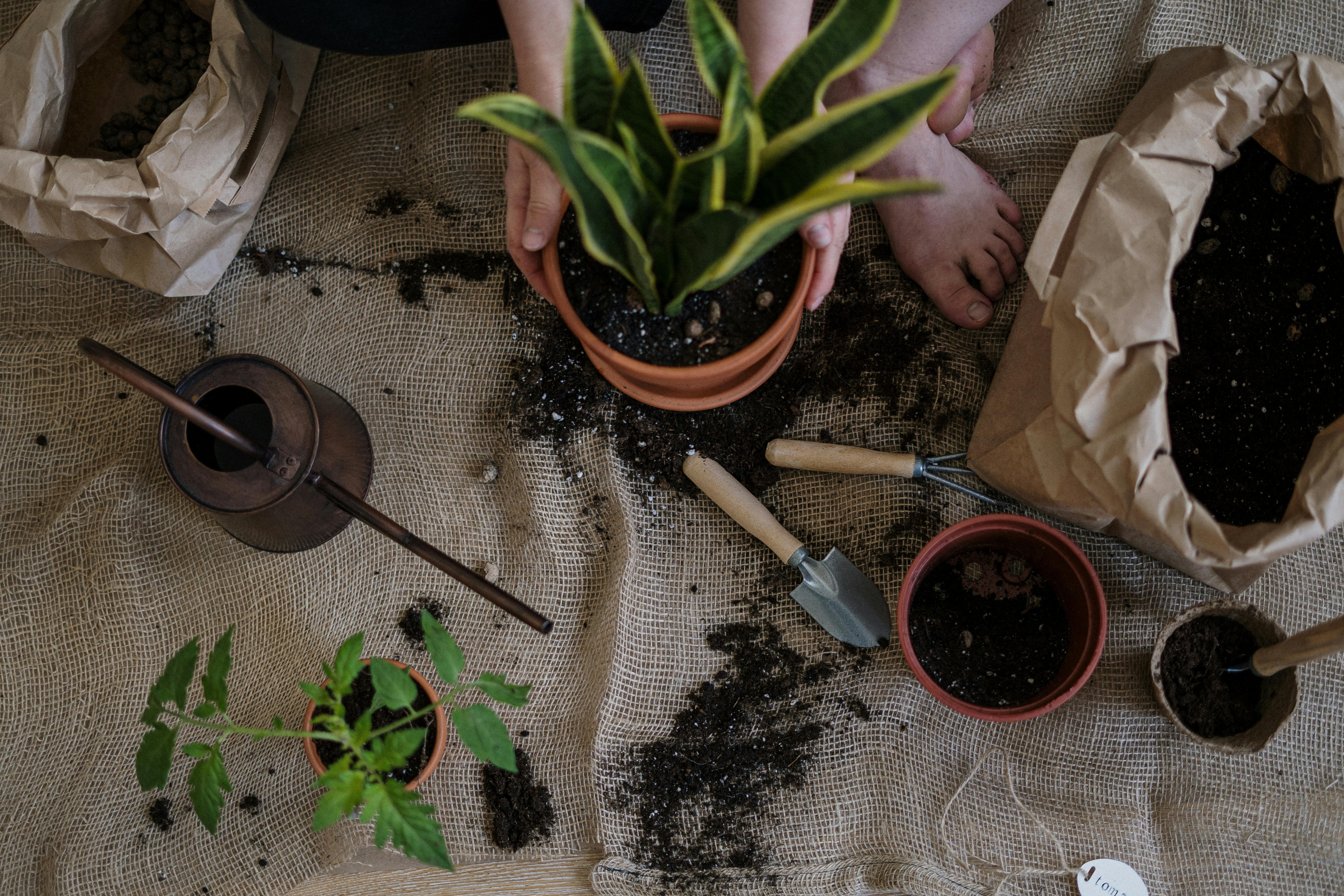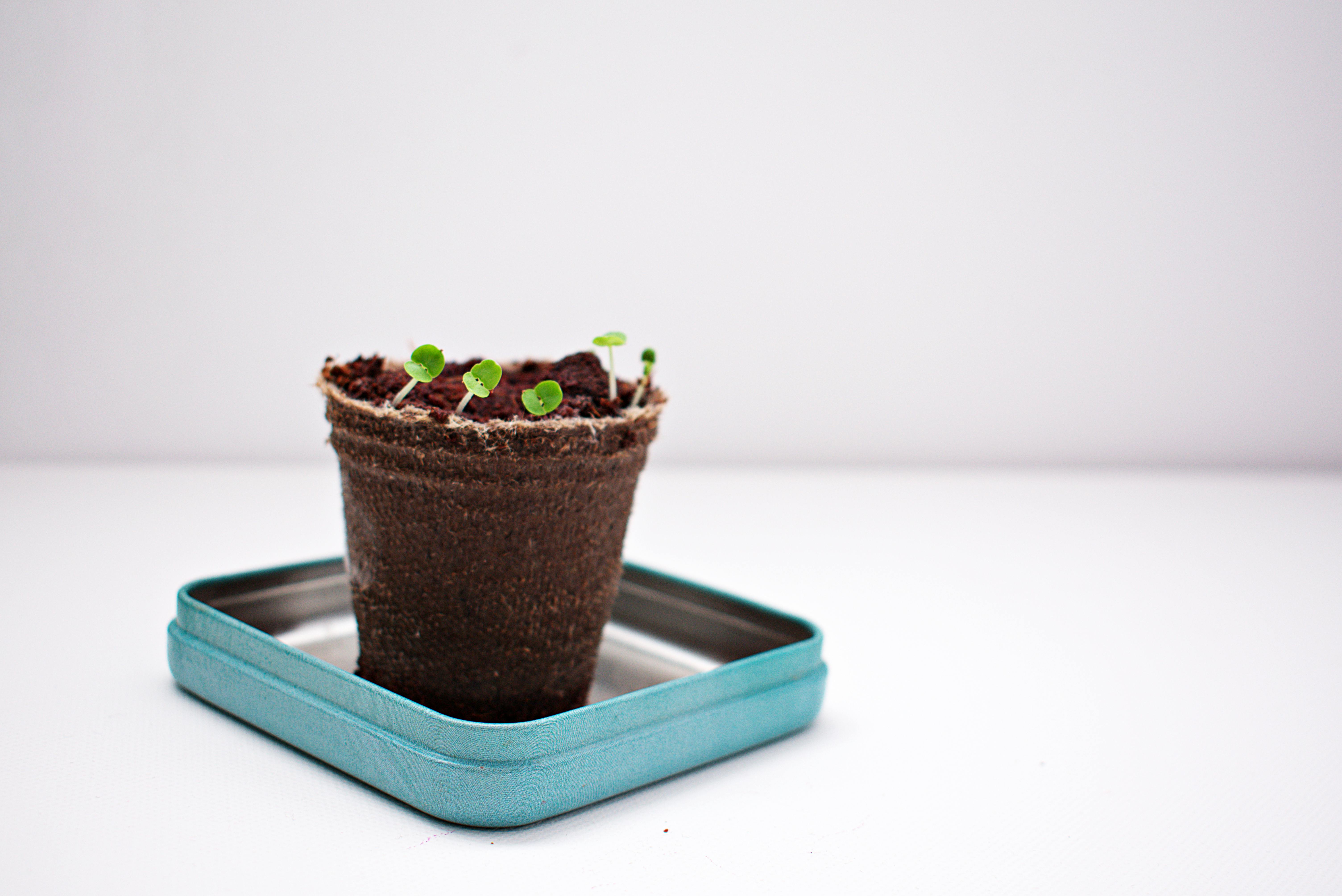Perennial plants are an attractive and low-maintenance option for gardeners looking to add long-lasting color to their landscape. But you don’t need a big garden to enjoy the beauty of perennials – you can also plant them in pots! Planting perennials in pots is an excellent way to add color, texture, and interest to your outdoor space without taking up too much space. In this article, we’ll discuss how to choose the right perennials for containers, as well as tips for planting and caring for them.The advantages of planting perennials in pots include: the ability to move them around, which is especially useful if you want to change the look of your garden; they are easier to maintain than plants in the ground, as the soil in pots can be easily replaced; they require less water and fertilizer than plants grown directly in the ground; and finally, they are easier to protect from pests and extreme weather.
Sunlight Considerations
When planting perennials in pots, it is important to consider the amount of sunlight they will receive. Perennials that require full sun should be placed in a spot that receives direct sunlight for at least six hours a day. Those that prefer partial or dappled shade should be placed in an area where they will receive filtered sunlight. If the pot does not receive enough sunlight, the plants may become stunted or fail to flower.
Soil Considerations
The soil used to fill the pot should also be taken into account when planting perennials. It is important to use a potting mix that allows for adequate drainage and aeration. The mix should contain organic matter and fertilizer, as well as other ingredients that are conducive to plant growth, such as peat moss or vermiculite. The soil should also be slightly acidic in order for the plants to thrive.
Pot Size
The size of the pot is also important when planting perennials in containers. Generally speaking, the larger the pot, the better; larger pots are better able to retain moisture and provide room for root growth. It is also important to select a pot with adequate drainage holes so that excess water can escape and not cause root rot or other damage.
Watering Requirements
Perennials planted in containers require regular watering throughout their growing season. It is important to ensure that the soil stays evenly moist but not soggy; overwatering can lead to root rot and other issues. The frequency of watering depends on the type of perennial being grown and its specific needs; some require more frequent watering than others.
By considering these factors when planting perennials in pots, gardeners can ensure their plants have everything they need for healthy growth and blooming success.
Soil Requirements for Planting Perennials in Pots
Perennials are a great way to add colour and variety to your garden. When planting perennials in pots, it is important to ensure that the soil you use is suitable for the plants. The soil should provide adequate drainage, nutrition, air movement and moisture retention to help plants thrive.
When selecting soil for your potted perennials, look for one that contains a good balance of organic matter such as compost or peat moss and mineral particles such as sand or clay. This will provide the necessary nutrients for the plants while also allowing for good drainage. If you are using a potting mix, make sure it is labelled specifically for outdoor container gardening.
You should also ensure that your potting mix has enough space between particles so that oxygen can reach the roots of the plants. This will help promote healthy root growth and keep pests away from your plants. Adding perlite or coarse sand will help to create larger air pockets in the soil and provide better aeration.
Another important factor to consider when planting perennials in pots is moisture retention. You want to ensure that the soil holds enough water without becoming waterlogged which can lead to root rot and other pest problems. Adding compost or aged manure can help with moisture retention while also providing additional nutrients for your plants.
Finally, it’s important to monitor the pH level of your soil on a regular basis to make sure it’s well balanced for optimal plant health. Most perennials prefer slightly acidic soils with a pH of 6-7 but some may require slightly higher or lower levels depending on their individual needs.
By taking these steps when choosing soil for planting perennials in pots, you will be able to create a healthy environment that will promote strong growth and vibrant blooms throughout the season!

Water Requirements for Planting Perennials in Pots
Perennials are a great way to bring color and texture to your outdoor space. They are generally low maintenance plants, and when planted in pots they can easily be moved around the garden or balcony. However, when planting perennials in pots there are some important water requirements that need to be taken into consideration.
Perennials planted in containers need more frequent watering than those planted directly into the ground. This is because soil in pots tend to dry out quicker than soil in the ground, so it is important to check your plants regularly for signs of moisture stress such as wilting or yellowing leaves. It is best to water your potted perennials thoroughly and deeply once a week, allowing the soil to dry out slightly between waterings.
It is also important to make sure that your pot has adequate drainage. If the pot is too small or does not have enough drainage holes, the roots of your plant may become waterlogged and rot. If you are using a larger pot you may need to add a layer of gravel at the bottom of the pot before adding soil, as this will help with drainage and prevent root rot.
Finally, if you are planting perennials in containers during hot summer months it is important to ensure that they receive enough water each day. This can be done by providing supplemental watering with a hose or watering can on particularly hot days, or by using a self-watering container which will deliver water slowly and evenly over time.
Overall, taking care when watering your potted perennials will help them thrive throughout the growing season and ensure they look their best all year round!
Tips for Choosing the Right Pot Size for Planting Perennials
Choosing the right pot size for planting perennials is an important step in ensuring your plants thrive. The size of the pot you choose will depend on a number of factors, including the type of perennial you are planting, the space you have available, and the amount of light and water your plant needs. Here are some tips to help you select the best pot size for planting perennials:
First, consider the type of perennial you are planting. Different species may require different sized pots; for example, smaller plants such as daisies and asters may need smaller pots, while larger plants like hostas may need larger pots. Make sure to take into account not only the current size of your plant, but also its potential growth over time.
Next, consider the space available in your garden or yard. If you have limited space, then it is important to select a pot that will fit comfortably in that area. You should also factor in any other plants or features that may be near your perennial when selecting a pot; this will ensure that it blends in well with its surroundings.
Finally, think about how much light and water your perennial will need. Different species require different amounts of both; for example, drought-tolerant species such as yarrow or lavender may do better with less frequent watering than other varieties. Additionally, some perennials require more sunlight than others; make sure to select a pot that will allow enough light to reach your plant.
By taking into account all these factors when choosing a pot size for planting perennials, you can ensure that your plants receive all they need to thrive and flourish.
Pruning Plants Planted in Containers
Pruning is an important step in maintaining healthy plants planted in containers. Pruning helps to control the size and shape of the plant, as well as promote new growth. When pruning a container plant, it is important to remove dead, diseased, and overcrowded branches and stems. It is also important to not prune too much at once, as this can cause shock to the plant. When pruning, it is best to use hand pruners or shears that are sharp and clean.
Fertilizing Plants Planted in Containers
Fertilizing plants planted in containers can help promote healthy growth and development. Before fertilizing, it is important to assess the soil pH levels and make sure that the soil has adequate drainage. Once these factors have been assessed, a fertilizer appropriate for the type of plant being grown should be chosen. Fertilizers should be applied at regular intervals throughout the growing season according to manufacturer’s instructions. Overfertilization should be avoided as this can lead to nutrient burn on foliage or weakened root systems.

Conclusion
Perennial plants can be a great choice for container gardens. Not only are they easy to care for and take up little space, but they will also provide colorful blooms throughout the seasons. Planting perennials in pots can give you a beautiful display of changing colors and textures, and they will last for years with minimal effort on your part. With proper care, perennials in containers can live for years without needing to be replanted. So why not try it out and see what kind of creative combinations you can come up with!
No matter what type of garden you have, adding potted perennials is an excellent way to add stunning beauty to your outdoor spaces. The convenience and longevity of these plants make them an ideal choice for container gardening, so don’t hesitate to give it a try!

